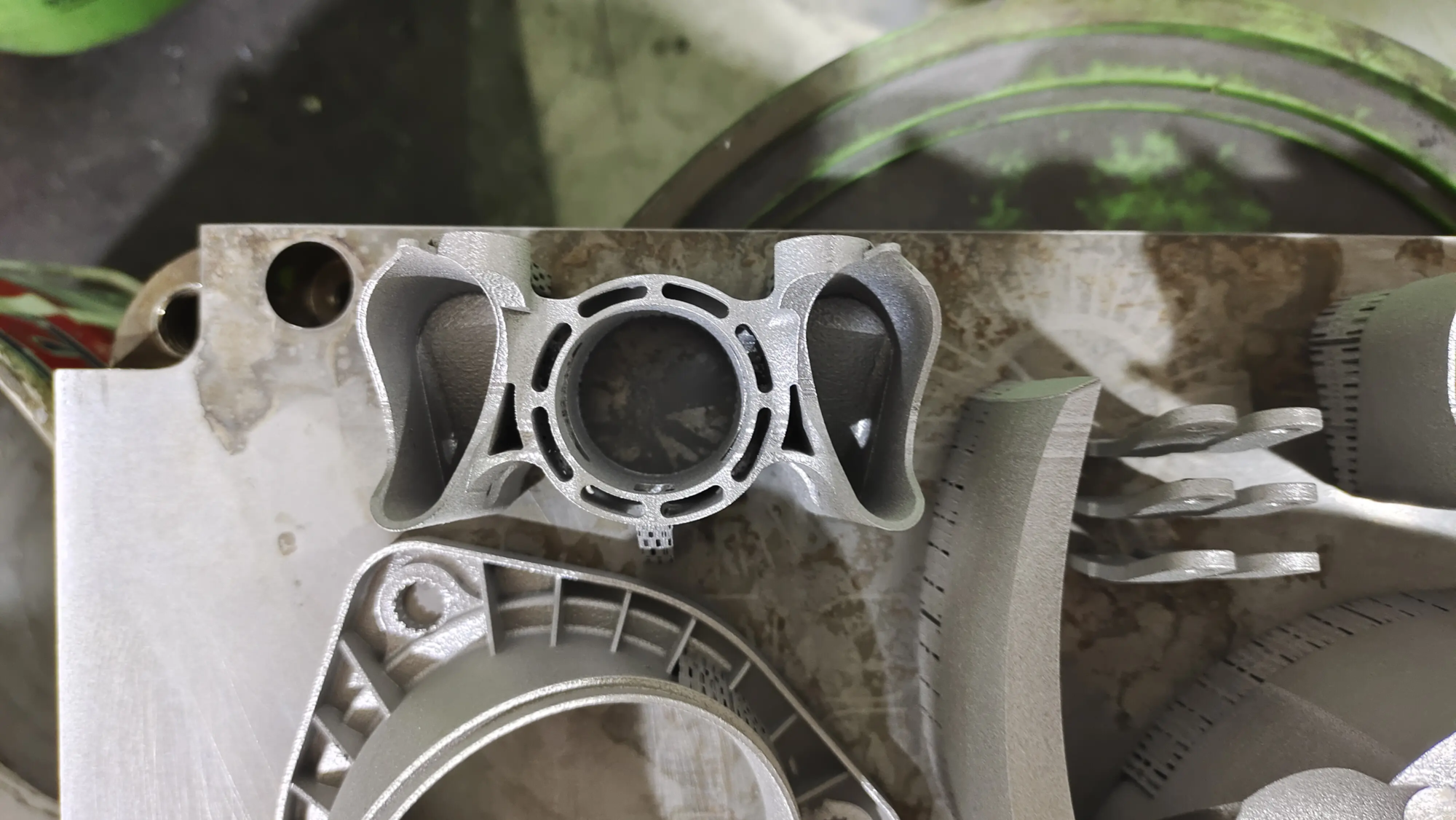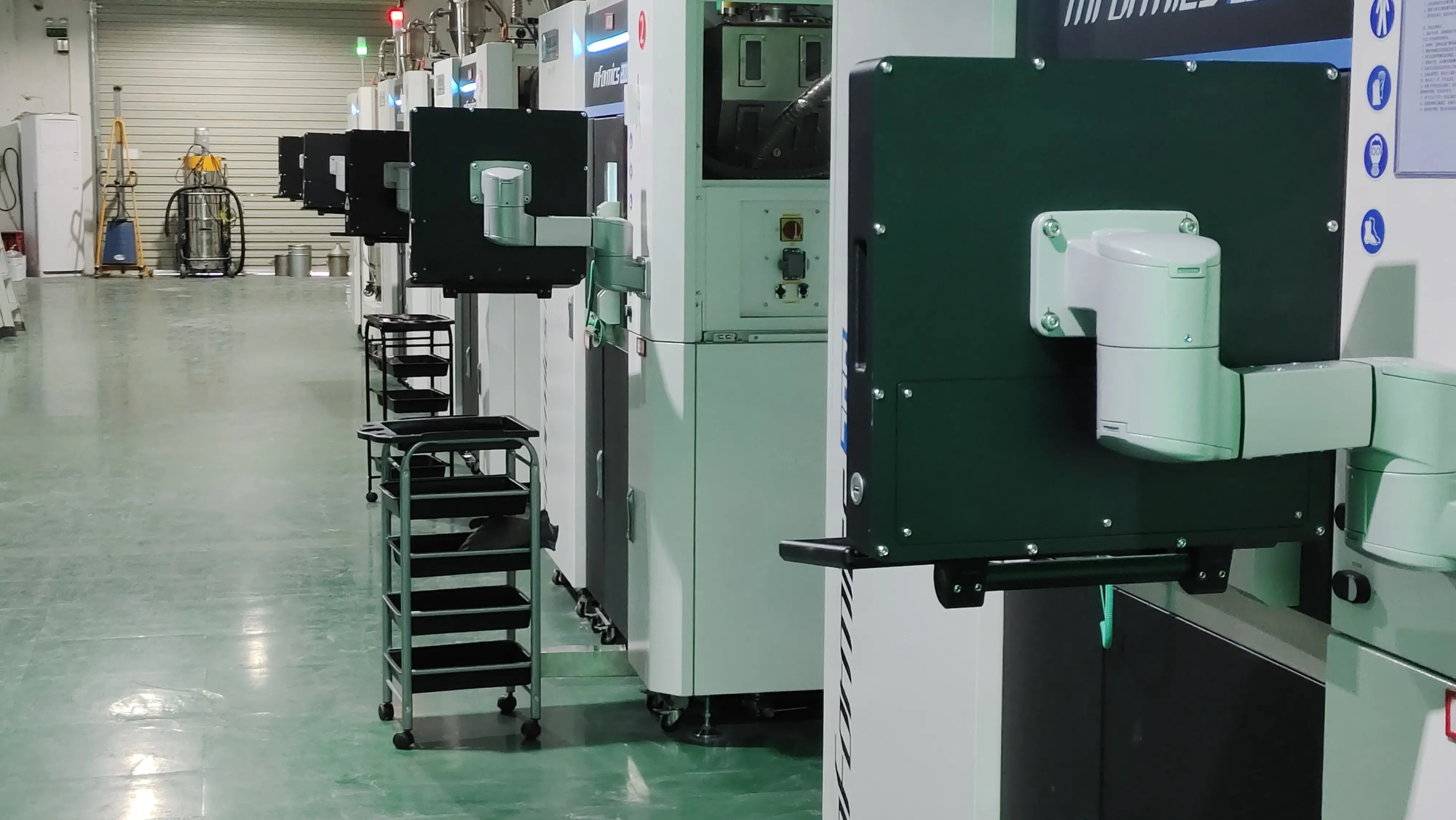Vinyl Revival is in line with tomorrow’s technology: Can we truly 3D printing records?
The clear warmth of the vinyl rotating on the turntable. Tactile rituals, iconic artwork, unique sound characters – Vinyl made a great comeback that appeals to both enthusiasts and collectors. Meanwhile, 3D printing ruthlessly expanded its capabilities, making everything from prosthetics to rocket engines. So, this is a natural question: Can we 3D print vinyl records? Is the future of simulated music buried in the layers of molten plastic?
Unfortunately, the short answer is No, there is no replication of the functionality and fidelity of traditional pressure vinyl records in any meaningful way. While the idea is fascinating and captures the imagination of tinkerers and tech enthusiasts, the basic technical barriers are unwavering. But the journey of understanding Why Revealing fascinating insights into the current border of vinyl magic and 3D printing.
Why Traditional Vinyl Dominates Supreme (Currently)
Traditional vinyl records are a miracle of precision engineering, produced by large hydraulic presses, stamped with metal masters of polyvinyl chloride (PVC). Their advantages are:
- Material Characteristics (PVC): Vinyl is very durable, but retains the precise micro-tail. It is relatively inert, able to maintain its groove shape through countless playbacks. Crucially, it is smooth on the microscopic level, minimizing friction and noise against diamond stylus.
- Microscopic accuracy: It’s very nice to etch into the groove of the owner and then press into the groove of the vinyl. A typical groove is V-shaped channel is only about 0.05-0.1 mmsave the resolution representing the modulation amount of the sound wave down to the micron level.
- Surface quality: The pressed vinyl achieves an unusually smooth finish. When amplified, even a slight surface roughness directly translates into audible noise (hiss).
- Speed and Scale: While needing expensive masters, mass production is very fast once built.
The towering challenge of 3D printing of vinyl
Regardless of the technology (FDM, SLA, SLS), 3D printing faces major obstacles when replicating this:
Substance Limitation (not real vinyl):
- Temperature Challenge: True PVC vinyl requires high heat to stretch enough for compression, but decomposes before reaching a molten state suitable for extrusion in FDM. It is well known that printing PVC directly is difficult and rarely done due to toxic smoke and warping.
- Alternative Materials: Common 3D printed thermoplastics (such as PLA or ABS) are structurally different. PLA is brittle; ABS has better durability, but combines with the rigidity required for the specific flexibility of PVC and groove fidelity. The resin used in SLA/DLP is rigid and fragile after curing, and is easily broken by a stylus and lacks the acoustic properties of PVC.
- Lack of stationarity: All printed plastics exhibit layered lines or pixels (in resin printing). Current consumers cannot achieve the ultra-smooth finish they need without even manufacturer printers. These defects can create huge surface noise and cause rapid stylus wear.
Solutions and Details Limitations:
- Line width and groove definition: And high-resolution gum printers (e.g. 25-50 microns) can theoretically approach the required width dimension, but shape Grooves are critical. 3D printing strives to consistently replicate a crisp acute V-shape throughout the groove path. Layer adhesion and inherent curing/growth processes result in rounding and inaccuracy on this scale.
- Modulation depth: this depth The subtle changes within the grooves that encode audio information are incredibly shallow modulation. Achieve the required depth accuracy and surface smoothness Within The micro V-Grove exceeds the current capabilities of a affordable 3D printer. Industrial microscopic 3D printing exists, but it is very expensive and slow for objects as big as recording.
- Playback issues:
- Surface noise and loyalty: Even if the identifiable groove structure is printed, layer lines or pixelated inherent surface textures can produce overwhelming surface noise and distortion, drowning any music.
- Stylus Destruction: The abrasive surface of printed plastics (especially FDM with visible ridges) can rapidly degrade or potentially destroy the delicate diamond stylus.
- Speed and stability: The turntable is rotated at a constant angular velocity (33 1/3 or 45 rpm). With layer by layer printing, it is difficult to achieve the physical stability and perfect balance required for smooth playback. Warpage is a common problem in printed parts.
Possible? Novelty and experimental fields
although real Functional vinyl propagation through 3D printing is not feasible, niche exploration:
- Decorative "Record": Print record shape For display, custom coasters or art projects can be easily completed. They seem important, but don’t play music.
- Sound carrier experiment: The brave manufacturer has tried it! Using a modified CNC router or connecting a cutter to a 3D printer, they can be physically engraving Spiral shape on the surface (even acrylic or plastic discs) driven by audio signals – essentially a rough DIY lathe cut set use The motion control function of the 3D printer, not its extrusion head. The final disc may be generated Some Recognizable sound, but extremely low quality, noisy, and has high physical requirements for the stylus. They bypassed the printing of the groove structure and instead engraved it. Some projects even tried conductive ink to adjust voltage on a structured disk similar to a circuit board.
- Customized one-time prototype/master (master, not disc): Highly professional high-precision 3D printing (e.g. multi-jet printing – MJP with waxy material) possible Explore to create a very rough start Negative Creating mold for small-scale casting of silicone “main” copies, but the requirement to achieve audio fidelity here is still very challenging and expensive. This breaks the boundaries of practicality.
Conclusion: The bridge that has not been crossed yet
Despite the undeniable charm and unlimited potential of 3D printing, the dream of reliably creating a fully functional high-fidelity vinyl record using additive manufacturing technology remains the dream of the foreseeable future. The lack of a comprehensive challenge of truly appropriate, faithful and printable materials; the need for extremely high accuracy at the microscopic level; the critical demand for surface smoothness that is incompatible with layer-based printing techniques presents a strong barrier.
The magic of vinyl lies in its specific physical and material properties that have been mastered over decades. Loud loyalty is rooted in the unique characteristics of PVC and the traditional urgent process. 3D printing excels in customization and prototyping, filling important spaces even in the world of audio product development and manufacturing.
While 3D printed vinyl records are currently in short supply, it is elucidating when your vision requires rapid prototyping of complex, high-precision metal or plastic components (whether it is used for ambitious audio equipment, state-of-the-art machinery or cutting-edge instruments, or cutting-edge instruments).
FAQ: 3D Printed Vinyl – Your question has been answered
Q: Can I buy a 3D printer to make vinyl records at home?
one: no. Current consumer-grade (even most professional) 3D printers are unable to produce functional vinyl records for functional vinyl records that play on standard turntables due to material, resolution and finish limitations.Q: I’ve seen videos of people "Play" 3D printing records. How is that possible?
one: These are often novel projects or experiments using improved setups:- Coarse engraving: Using a 3D printer’s motion system to control a cutting tool (such as DREMEL), physically engrave the spiral grooves onto a disc (usually plastic or acrylic), while adjusting its depth with sound. Extremely low fidelity.
- Decoration only: Printing disc Looks Just like a record, but there is no music actually playing.
- Conductive material experiments: Special conductive inks on structured surfaces are used to generate sound through electrical signals rather than grooves.
Q: Are high-resolution resin printers not good enough?
one: High-resolution resin printers are getting closer and closer in detail Theoretically speaking. However, because:- Rigid, brittle materials are not suitable for stylus pressure.
- Pixelization/curing artifacts cause huge surface noise.
- With micro-level modulation accuracy, it is difficult to achieve accurate, smooth V-slot profiles.
- The grooves are fragile and easily damaged.
Q: What about updated and more flexible printing materials like TPU?
one: Flexible filaments like TPU solve the rigidity problem, but introduce other problems:- Higher printing friction can lead to poor surface effect.
- Material memory/elasticity may cause groove deformation under stylus pressure.
- They have a very different sound damping characteristics compared to PVCs, which affects the sound.
- It is impossible to achieve the necessary groove accuracy and smoothness.
Q: How to make a custom one-time record today?
one: Professional use Lathe cutting service. The cutting head actually carves the continuous grooves directly into a blank paint tray under computer control (manageable at once). This requires high-precision, expensive professional equipment designed specifically for tasks. These lathe records provide playable sound, although generally lower fidelity and higher noise than mass-produced vinyl.Q: Can advanced 3D printing make real vinyl feasible?
one: This is a long-term requirement for revolutionary progress:- New Materials: Develop printable resins or filaments to match PVC’s unique acoustic smoothness, durability and surface properties.
- Revolutionary resolution: Printing technology that enables near-molecular smoothness and complex groove modulation in V channels measured in fractions of millimeters.
- speed: Overcome the inherent time limits of one-layer printing for large 12" Objects at the desired resolution.
Despite technological developments, conventional pressure or professional lathe cutting remains the only functional approach for the foreseeable future.
- Q: So where is the audio in 3D printing?
one: 3D printing shines in audio prototyping and manufacturing:- Speaker housing and acoustic components.
- Customized headphone case and components.
- Audio equipment for mounts, stands, knobs and fences.
- Tools and manufactured fixtures.
- Customize look This is true of your settings, even if it is not the actual playback medium.
Do you need rapid prototyping and complex, high-precision parts? While it’s impossible to spray plastic into the grooves, creating complex metal components for your next groundbreaking product is a reality that’s rooted. Greglight Leverages Advanced Selective laser melting (SLM) Technology and deep engineering expertise to solve difficult metal rapid prototyping challenges. We bring your design to life with speed and uncompromising precision. Explore custom solutions including advanced post-processing – get your customized quote now!




